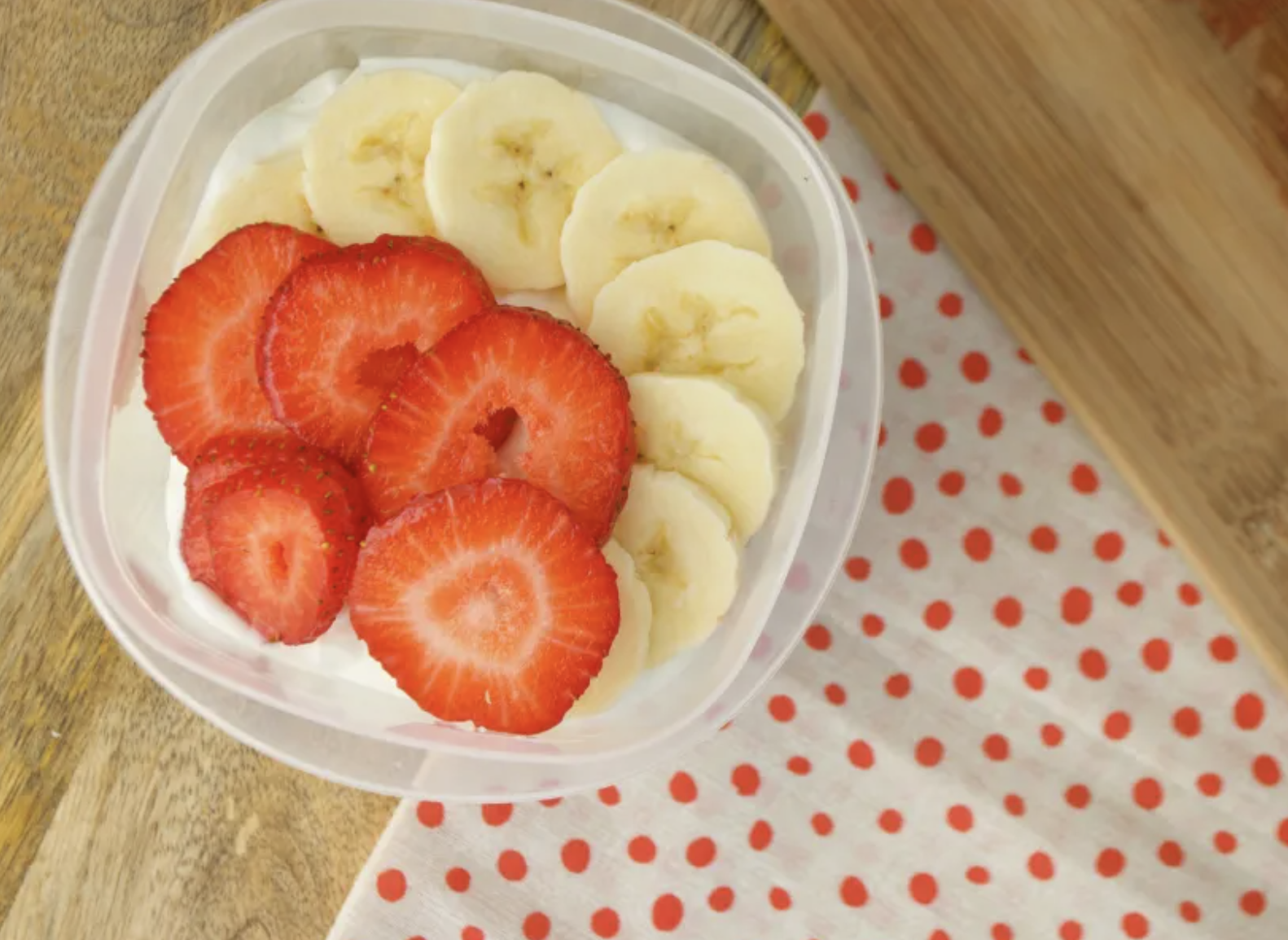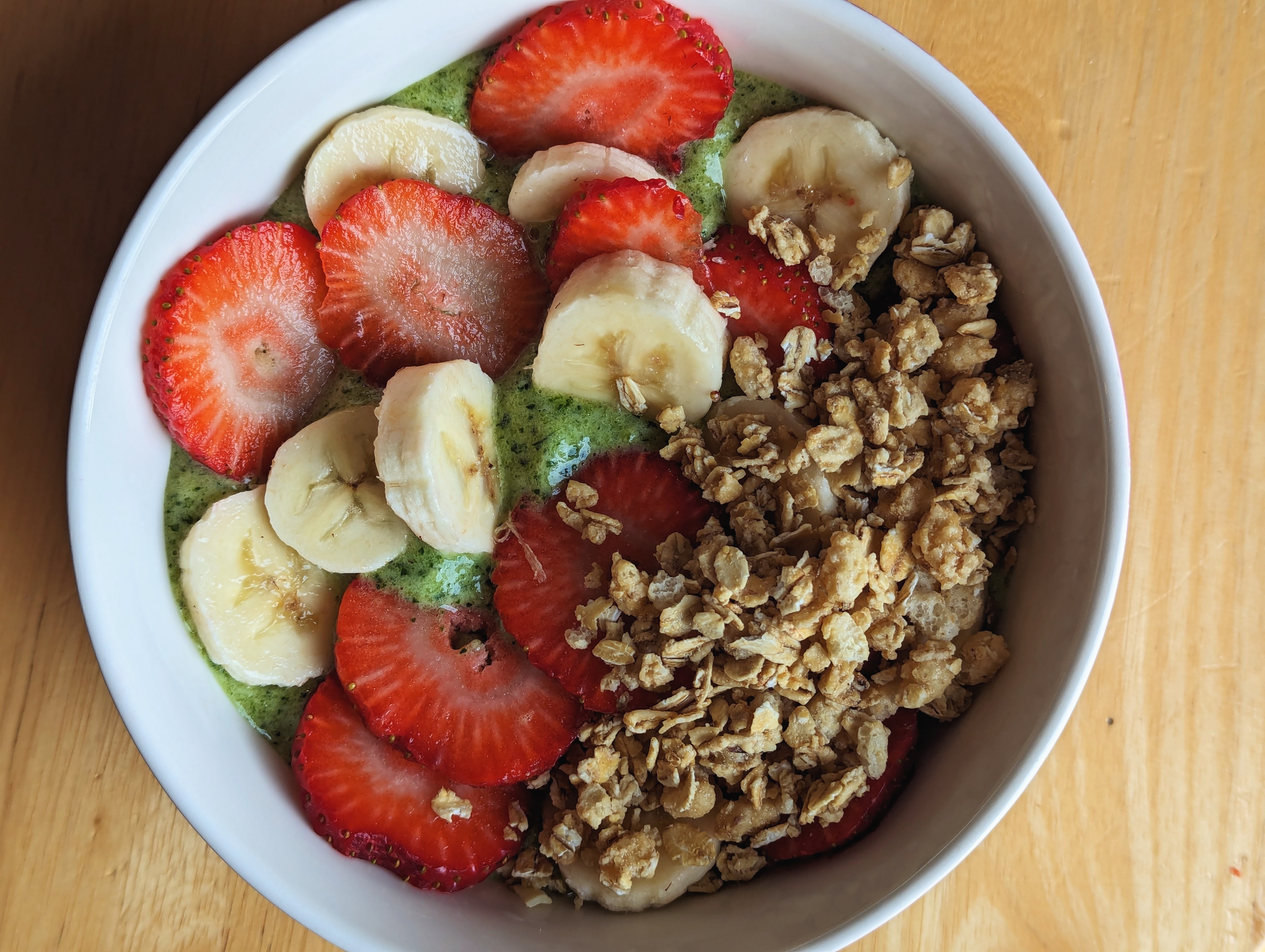Setting Fun Exercise Goals The SMART Way!

Want to get stronger, faster, and have more fun playing? Setting exercise goals can help you do just that. But to make sure your goals are not too hard or too easy, we can use something called the SMART method. Let's explore what SMART goals are and how you can set your own exercise goals!
What are SMART Goals?
SMART is a special word that helps us remember how to make great goals. Each letter stands for something important. Let’s break it down:
1. Specific- What it means: A specific goal is super clear. You know exactly what you want to do.
- Example: Instead of saying, "I want to exercise more," say, "I want to play soccer in the park for 30 minutes after school."
- What it means: A measurable goal means you can count or track it. This way, you know when you’ve done it!
- Example: "I want to ride my bike to school three times this week." You can count the days you ride your bike.
- What it means: An achievable goal is something you can really do. It’s not too hard but not too easy either.
- Example: If you’re not doing much exercise now, try, "I want to play outside for 15 minutes every day this week," instead of trying for a whole hour right away.
- What it means: A relevant goal is something that’s important to you and what you like.
- Example: If you love dancing, a good goal might be, "I want to dance to my favorite songs for 20 minutes every day," instead of doing a sport you don’t enjoy.
- What it means: A time-bound goal has a deadline. You decide when you want to reach your goal.
- Example: "I want to be able to do 20 push-ups by the end of the month." This gives you a clear time to work towards your goal.
How Much Exercise Do You Need?
The CDC says that kids like you should do at least 60 minutes of exercise every day. Here’s how you can break it down:
- Aerobic Activities: Most of your exercise should get your heart pumping. Running, swimming, and playing tag are great examples.
- Muscle-Strengthening Activities: At least three times a week, do something to make your muscles stronger, like climbing on the playground or doing push-ups.
- Bone-Strengthening Activities: Also three times a week, do something that makes your bones strong, like jumping rope or playing basketball.
Let’s Make a SMART Goal Together!
Here’s an example of a SMART exercise goal you can try:
- Specific: "I want to play basketball for 30 minutes after school on Mondays, Wednesdays, and Fridays."
- Measurable: "I will keep track of the days I play on a calendar."
- Achievable: "Since I already play once a week, I’ll add two more days to my schedule."
- Relevant: "I love playing basketball with my friends, so this goal is fun for me."
- Time-bound: "I want to keep this up for the next two months and see how much I improve."
Let’s Get Moving!
Now it’s your turn! Think about what activities you love and how you can turn them into SMART exercise goals. Maybe you want to get better at a sport, or maybe you just want to play more outside. Whatever it is, using the SMART method can help you have fun while getting fit and strong.
Remember, exercise is not just about being healthy—it’s about having fun, feeling good, and spending time doing what you love. So, what’s your SMART exercise goal?
![]()
If you enjoyed this recipe, make sure to check out our other posts!































